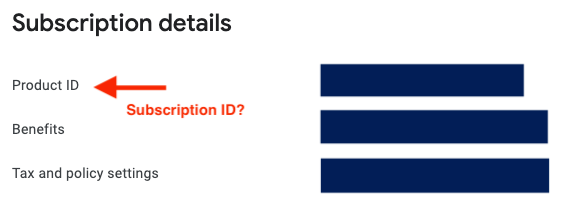{all: {}}
The issue is occurring in iOS as well as Android.
The product identifiers are same in the appstore as well as revenuecat. All agreements have been signed. There is a working version of RNIAP which we are replacing with revenuecat.
I am not using any sandbox, directly testing on my device.
How do I go about resolving this issue?









